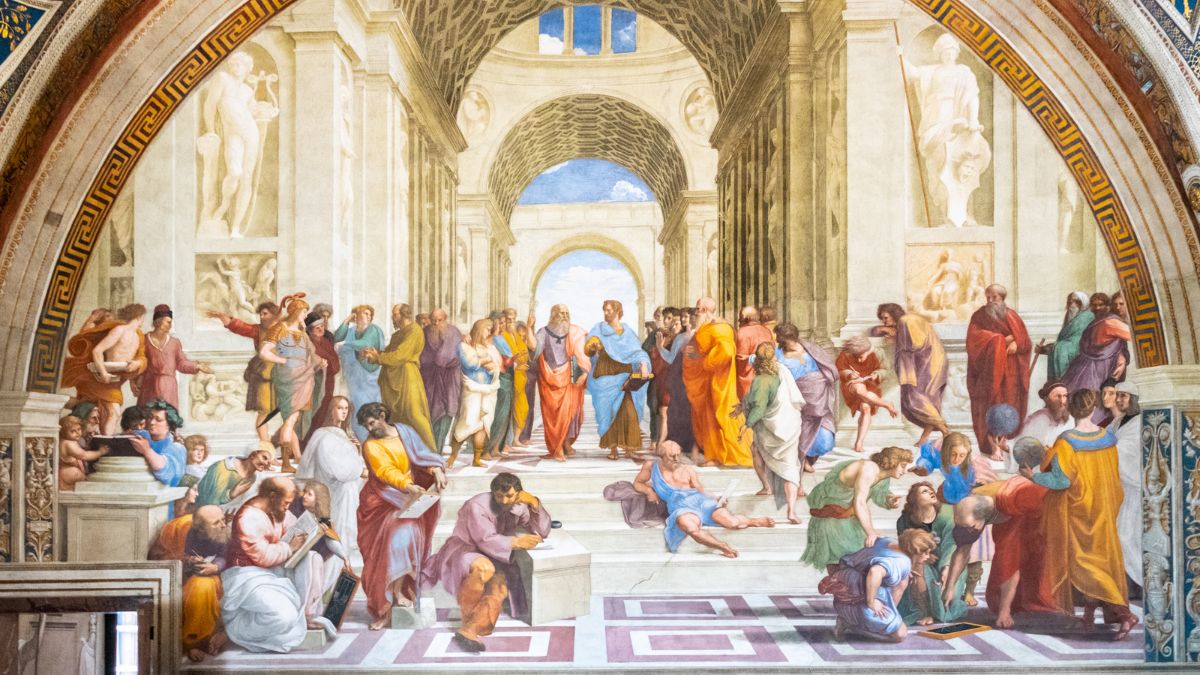Kalidasa (Classical Sanskrit Literature)
Kalidasa (Classical Sanskrit Literature)
The Renaissance in Italy and Humanism

The Renaissance in Italy and Humanism
The Renaissance, a term that itself evokes a sense of rebirth and awakening, marks an era that heralded the transition from the medieval to the modern world. It was in Italy, a mosaic of bustling city-states, where this transformative movement first took root, flourishing with such vigor that its influence cascaded through time and space, forever altering the course of human history. At the heart of this cultural rebirth was Humanism, a philosophy that placed humankind at the center of the universe, imbuing individuals with a sense of their own worth and potential that was nothing short of revolutionary.
As the dawn of the Renaissance broke over Italy, it was as if humanity had awakened from a long slumber. The dark, insular world of the Middle Ages began to give way to a new era characterized by an insatiable curiosity about the world and a profound appreciation for the capacities of the human mind. The air was electric with the spirit of inquiry and the desire for knowledge, as scholars, artists, and thinkers turned their gaze back to the classical texts of ancient Greece and Rome, finding in them the keys to unlocking the mysteries of the universe.
Humanism was the beacon that guided this quest for knowledge, championing the idea that humans are capable of extraordinary achievements through the use of reason and creativity. This was a radical departure from the prevailing medieval attitudes that emphasized the sinfulness of humankind and the insignificance of earthly life in comparison to the hereafter. Humanists argued that humans could shape their own destinies and improve the world through education and the study of the humanities—literature, history, philosophy, and the arts. The impact of this shift in perspective was profound, fueling innovations in every field of human endeavor.
In the realm of art, the Renaissance in Italy was a period of breathtaking creativity and innovation. Artists like Leonardo da Vinci, Michelangelo, and Raphael transcended the boundaries of their craft, producing works that were not only astonishing in their technical mastery but also imbued with a deep humanity and emotional depth. Their art celebrated the beauty and dignity of the human form, reflecting the humanist belief in the nobility and worth of the individual. The awe-inspiring frescoes, sculptures, and paintings they left behind are testaments to the transformative power of human ingenuity and imagination.
Similarly, in the fields of science and philosophy, figures such as Galileo Galilei and Niccolò Machiavelli challenged traditional ways of thinking, pushing the boundaries of knowledge and governance. Their work laid the groundwork for the modern scientific method and political theory, embodying the Renaissance ideal of questioning established truths and seeking new understandings of the world.
The Renaissance in Italy was more than a period of artistic and intellectual achievement; it was a celebration of the potential of the human spirit. Humanism, with its emphasis on individual ability and the value of human life, infused society with a new optimism and a belief in progress that has continued to inspire generations. It was a time when the horizon of human possibility expanded dramatically, forever altering our understanding of ourselves and our place in the universe.
In reflecting on the Renaissance and its legacy of Humanism, one cannot help but be awestruck by the profound impact these ideas have had on the shaping of the modern world. The spirit of the Renaissance—a spirit of exploration, innovation, and a deep faith in the power of the human mind—continues to resonate, reminding us of the incredible feats humanity is capable of when inspired by the pursuit of knowledge and the belief in our own potential.